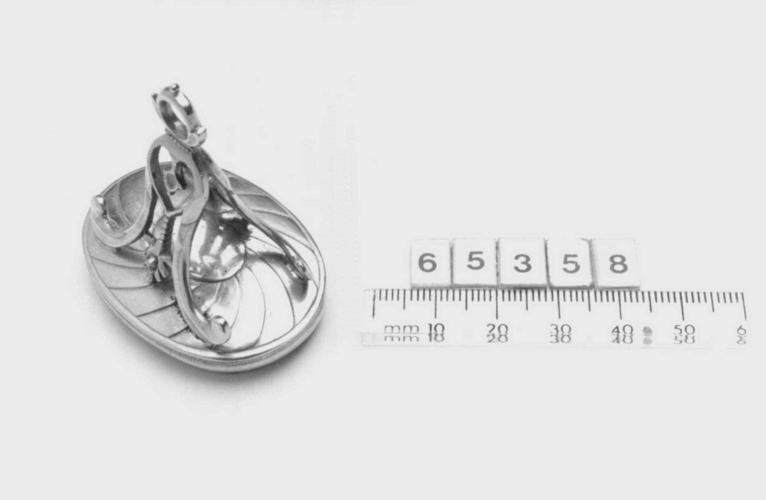-
1 of 253523 objects
Seal c.1800
Gold, cornelian | 4.5 x 3.3 x 4.8 cm (whole object) | RCIN 65358
-
A gold seal of dark red cornelian, engraved in Persian with an inscription bearing the name Haidar and dated 1217 (1788/9 in the AM/Mauludi era). The seal is mounted in a gold holder of a form copied from English designs.
The inscription around the edge roughly translates as 'God give me the victory as long as the sun and the moon shine'.
The date reflects the new calendar (Mauludi) introduced by Tipu in the late 1780s, a solar calendar which dates from the birth of the Prophet Muhammad in 571, rather than the conventional Muslim lunar calendar (Hijri), which dates from the Prophet's flight from Mecca to Medina in 622.
When Tipu's son Ghulam Muhammad and grandson Feroz Shah were in England in 1854, Queen Victoria granted them permission to visit Windsor to view the trophies of Seringapatam, which was captured by British forces in 1799. Among them was this seal, of which they made a wax impression under which they signed their names. This was then pasted into a book on the history of Mysore (RCIN 1197007) which Ghulam Muhammad presented to the queen.Provenance
Belonged to Tipu, Sultan of Mysore. Probably taken by British forces after his defeat at Seringapatam in 1799.
Recorded in the North Corridor Inventory of Windsor Castle with the note 'This seal is believed to have been the private seal of Tipoo Sahib [Tipu Sultan of Mysore].' Believed to have been presented by Richard Wellesley, 1st Marques Wellesley. -
Creator(s)
(nationality) -
Medium and techniques
Gold, cornelian
Measurements
4.5 x 3.3 x 4.8 cm (whole object)
Object type(s)
Place of Production
Iran

